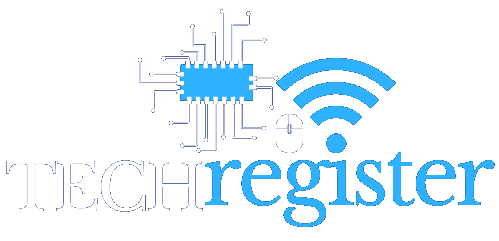AI and its effect on datacenter energy consumption are a concern at Google’s parent Alphabet, with the search giant seeking a manager to lead on AI/ML Carbon Reduction and Net Zero efforts.
The Mountain View-based biz is on the hunt for a program manager for its Google Climate Operations team to develop a long-term roadmap and “establish the budget needed to address the growth of AI/ML and its energy and carbon footprint,” the online listing states.
For this role, applicants must have experience in strategies for greenhouse gas (GHG) emission reductions across hardware and IT sectors, as well as being able to develop data-driven insights and translate these into meaningful recommendations for upper management.
The job involves developing a “Google-level view” of the mega-corp’s carbon footprint trajectory for its portfolio of products and identifying opportunities for AI/ML to contribute to Google’s GHG footprint and reduction goals.
The successful candidate will ultimately be responsible for the company’s overarching AI/ML carbon reduction roadmap. This will involve overseeing budgets and costings for carbon-free energy to scale along with Google’s AI/ML growth.
That sounds like quite a lot of work to us, so what is Google offering for this role? The salary range for this full-time position is $160,000-$246,000, not including bonus, equity, or benefits. Anyone who thinks they are up to the challenge can apply here.
The average salary a Googler was paid in 2022 was $279,802.
In other related news, Sidewalk Infrastructure Partners, a spin-off from Google’s parent Alphabet formed in partnership with venture capital providers, has made public an operation aimed at building sustainable next-generation datacenters.
Called Verrus, the company claims to be pioneering a new generation of flexible, efficient datacenters tailored for both conventional workloads and AI, in order to tackle the expanding compute requirements and energy consumption that have resulted from the explosion of interest in AI.
Verrus is making some bold claims about re-architecting how datacenters use energy, saying it is taking a different approach to meeting surging compute demands while supporting grid stability.
How exactly it intends to do this isn’t clear, as its literature is full of buzzwords and terminology that sound impressive but don’t actually shed much light on how its approach differs from that of every other datacenter operator in practice.
For example, Verrus states that it employs “workload-aware and other innovations” to “shatter the status quo” of legacy datacenters that have rigid designs that “mismatch infrastructure to actual availability requirements.”
It also states that its datacenter designs will make use of “sustainable distributed energy technologies, such as battery storage” instead of relying on “polluting diesel generators” for backup electricity. But this is no novel invention – Microsoft and other datacenter operators have been exploring batteries and other power sources such as fuel cells for several years.
We tried to contact Verrus for clarification, and messages sent to the email address listed on their website bounce back with a response saying it does not exist.
However, the move shows that hyperscaler companies are increasingly aware of the problems that ever growing workloads pose for energy consumption and the environmental impact of their datacenters.
Earlier this month it was revealed that Amazon had acquired a datacenter next to a nuclear power plant to get access to energy, and Microsoft is reported to be running a program to develop small-scale atomic reactors to power datacenters.
Sidewalk has published a white paper (Data Center Flexibility: A Call to Action) (PDF) which states that the rising demand for compute driven by AI could account for up to 7.5 percent of America’s projected electricity demand by 2030, and calls for datacenter operators, utilities, grid operators, and policymakers to come together to solve the problem.
A report covered by The Register earlier this year suggested that datacenters could account for a third of Ireland’s electricity by 2026. ®








